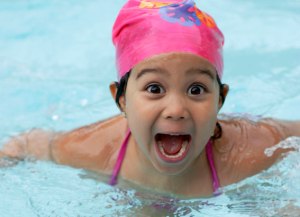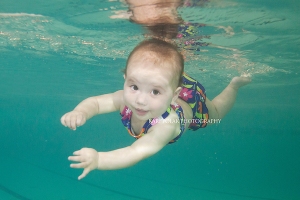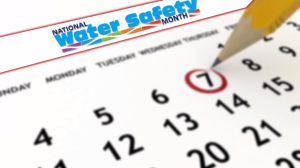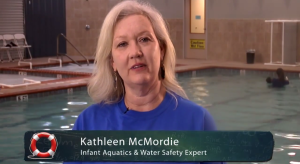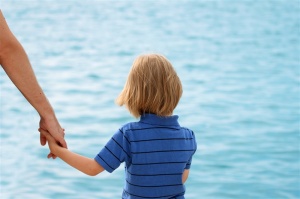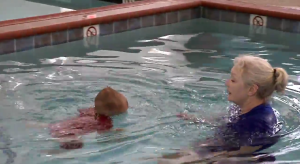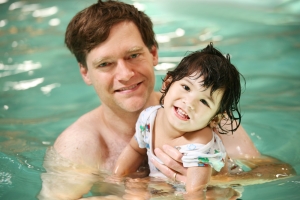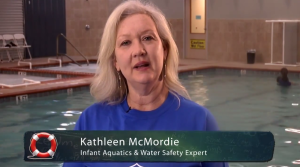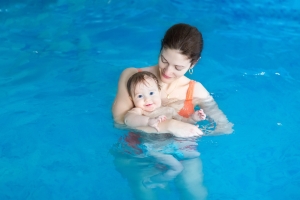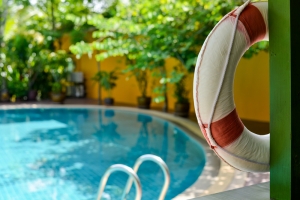 What’s Your Safety System?
What’s Your Safety System?
For residential pool owners, having a safety system in place can protect the wellbeing of your family, neighbors, and friends when in and around water. The greatest water safety assurance comes from adopting and establishing the right set of water safety measures since you never know what step will save a life.
CPSC’s Pool Safely site has many helpful water safety resources and materials such as brochures, videos, tip sheets for parents and guardians to review. I highly recommend that pool owners apply multiple safety measures found in these resources to safeguard children and prevent drowning accidents, starting with:
Adult Supervision
It is very important that an adult be present at all times when a child is in and around water. A good idea is to have the “Water Watcher” wear a whistle or tag to remind themselves that they are responsible for the safety of kids in the water. Parents and guardians can also enforce some household pool rules and remind children to never swim alone or without an adult present. Some great examples of other pool rules include:
- No bottles or glass around the pool
- No running or pushing
- No diving unless the pool meets the safety standards
- Stay away from pool drains
Barriers
An outdoor swimming pool barrier is a physical obstacle that surrounds a pool or spa area. This restricts small children from accessing the area without an adult present. Pool fences should be at least four feet or taller. It should not have footholds or handholds that could help a child climb over it. Fence gates should also be self-closing, self-latching to keep it closed at all times and prevent easy access to the pool.
Alarms
Alarms for doors, gates, windows, pools and spas help notify adults anytime an unsupervised child is in or around water. There are a number of types of alarms that can be used in and around a pool area, but generally they should emit a sound when triggered for at least 30 seconds or more and within 7 seconds after activation. The alarm sound should be distinct from other sounds around the house such as a doorbell, telephone, and smoke alarm.
Safety Covers
A pool cover is a manual or motorized barrier that can be placed over the water’s surface. Pool covers are a great addition to a safety system because it visually says “not open”. It’s especially effective for keeping children under the age of 5 from accessing the water. All safety covers should comply with the ASTM F 1346-91 specifications – this is the standard that specifies safety performance requirements for pool covers. Pool covers should be able to hold the weight of two adults and a child to allow a rescue if a child does fall onto the cover. Most importantly, pool covers should be able to be easily and swiftly be removed from the water to respond to emergencies.
Emergency Kit
A safety toolkit is a great way to prepare materials your family may need in the event of an emergency. Place the following materials near the pool area for easy and quick access:
- First aid kit
- A pair of scissors to cut hair, clothing, or a pool cover if needed
- Charged portable phone to call 911
- Safety flotation device
Swimming Lessons
Ensuring that every family member learns how to swim is the strongest way of preventing accidents. Children as young as six months old can be enrolled in an Infant Aquatic Survival class were they could learn to flip over, float, and take breaths until help arrives. In addition, learning how to perform CPR on children and adults can be invaluable during an emergency.
No single safety system is foolproof, that’s why it’s highly recommended that several measures be put in place in every safety system! If you have any questions about pool safety, please contact me or visit www.PoolSafely.gov.
If you have any questions about the Infant Aquatic Survival program at Texas Swim Academy, please visit our programs page or stop by our facility.
